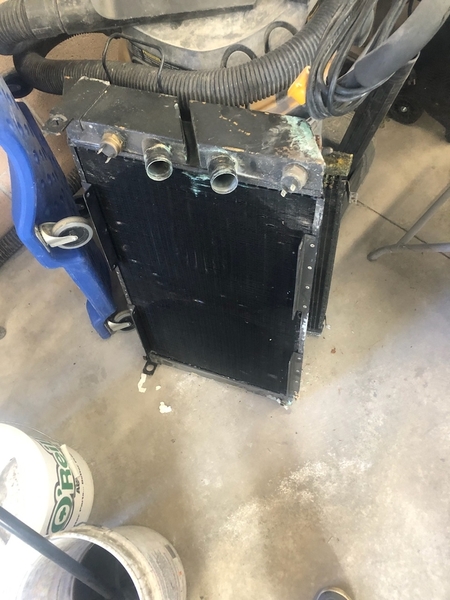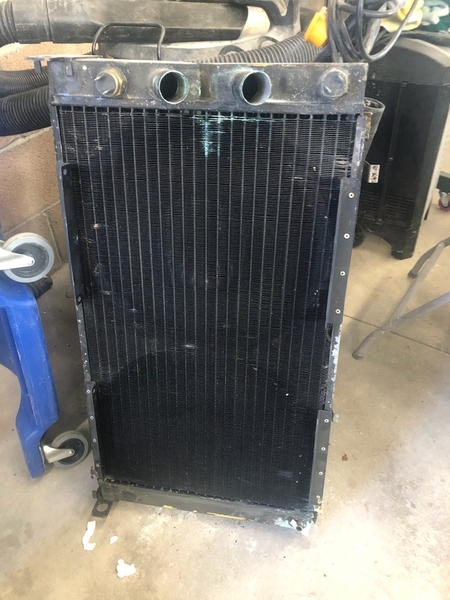When i bought my Pantera it had a Hall brass radiator. After a few years it would need repaired every year. So a few years ago i bought a new Hall brass rad. Fast forward a few years and now it needs repaired every year. It works great, no complaints there. But im really tired of taking it out. Anyone else have this problem ?
Thanks, Mike






